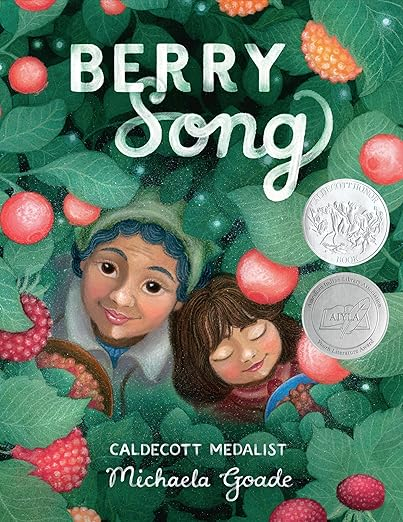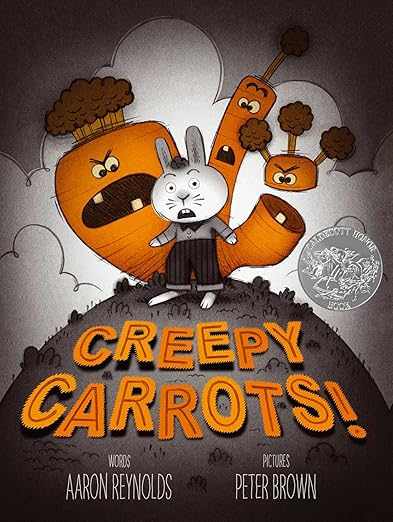When crafting a picture book, much attention is given to the protagonist—their journey, challenges, and growth. However, secondary characters—those sidekicks, grumpy neighbors, or quirky animals—often hold the key to enriching the narrative, adding depth, humor, and unexpected twists. These characters can sometimes steal the show, leaving a lasting impression on young readers. Let’s delve into the significance of secondary characters and explore how they enhance storytelling, with examples from three notable picture books published after 2020.
1. The Café at the Edge of the Woods by Mikey Please
In The Café at the Edge of the Woods, Rene dreams of creating exquisite cuisine and opens a café at the forest’s border. While Rene is the main character, it’s her enigmatic waiter, Glumfoot, who adds intrigue and depth to the story. Glumfoot’s peculiar demeanor and mysterious past captivate readers, and his interactions with the café’s unusual patrons bring both humor and tension to the narrative.
Why it’s unforgettable: Glumfoot’s character serves as a bridge between Rene and the fantastical elements of the forest. His unique perspective and subtle guidance help Rene navigate the challenges of running the café, making him an indispensable part of the story.
How you can apply this: Introduce secondary characters who possess knowledge or traits that the protagonist lacks. These characters can facilitate the main character’s development and enrich the plot by providing alternative viewpoints or solutions.
2. Berry Song by Michaela Goade
In Berry Song, a young girl embarks on a berry-picking journey with her grandmother. While the granddaughter is central to the narrative, the grandmother’s role is pivotal. She imparts wisdom about nature, traditions, and the interconnectedness of life, enriching the story with cultural depth and familial bonds.
Why it’s unforgettable: The grandmother’s character adds layers of meaning to the narrative, emphasizing themes of heritage, respect for nature, and the passing down of knowledge. Her presence transforms a simple berry-picking trip into a profound exploration of identity and belonging.
How you can apply this: Utilize secondary characters to introduce cultural or generational perspectives. They can provide context, background, and depth, making the story resonate on multiple levels.
3. Big Truck Little Island by Chris Van Dusen
In Big Truck Little Island, a traffic jam caused by a big truck leads to a community coming together to find a solution. While the story could focus solely on the truck driver or a single protagonist, it’s the collective efforts of the island’s residents that drive the narrative. Each character, from children to adults, contributes uniquely, showcasing the power of community and collaboration.
Why it’s unforgettable: The diverse cast of secondary characters highlights the importance of teamwork and problem-solving. Their individual quirks and contributions make the resolution both believable and heartwarming.
How you can apply this: Incorporate a range of secondary characters to represent a community or group. This approach can emphasize themes of unity and collective effort, demonstrating that everyone has a role to play.
Tips and Strategies for Crafting Memorable Secondary Characters:
-
Give Them Distinct Personalities
-
Ensure that secondary characters have their own voices, traits, and motivations. This distinction makes them memorable and allows readers to connect with them.
-
-
Allow Them to Influence the Plot
-
Secondary characters shouldn’t exist merely as background; they should have a purpose that impacts the story’s direction or the protagonist’s development.
-
-
Use Them to Introduce Subplots
-
These characters can carry their own mini-arcs or challenges, adding richness and complexity to the main narrative.
-
-
Ensure They Complement the Protagonist
-
Design secondary characters whose traits contrast or complement the main character, highlighting the protagonist’s strengths and weaknesses.
-
-
Avoid Stereotypes
-
Strive for originality by steering clear of clichéd sidekick roles. Give secondary characters unique attributes that defy expectations.
-
Secondary characters, when crafted thoughtfully, can elevate a picture book from good to unforgettable. They add layers of meaning, provide alternative perspectives, and enrich the protagonist’s journey. By investing time in developing these characters, writers can create more immersive and resonant stories that captivate young readers.







